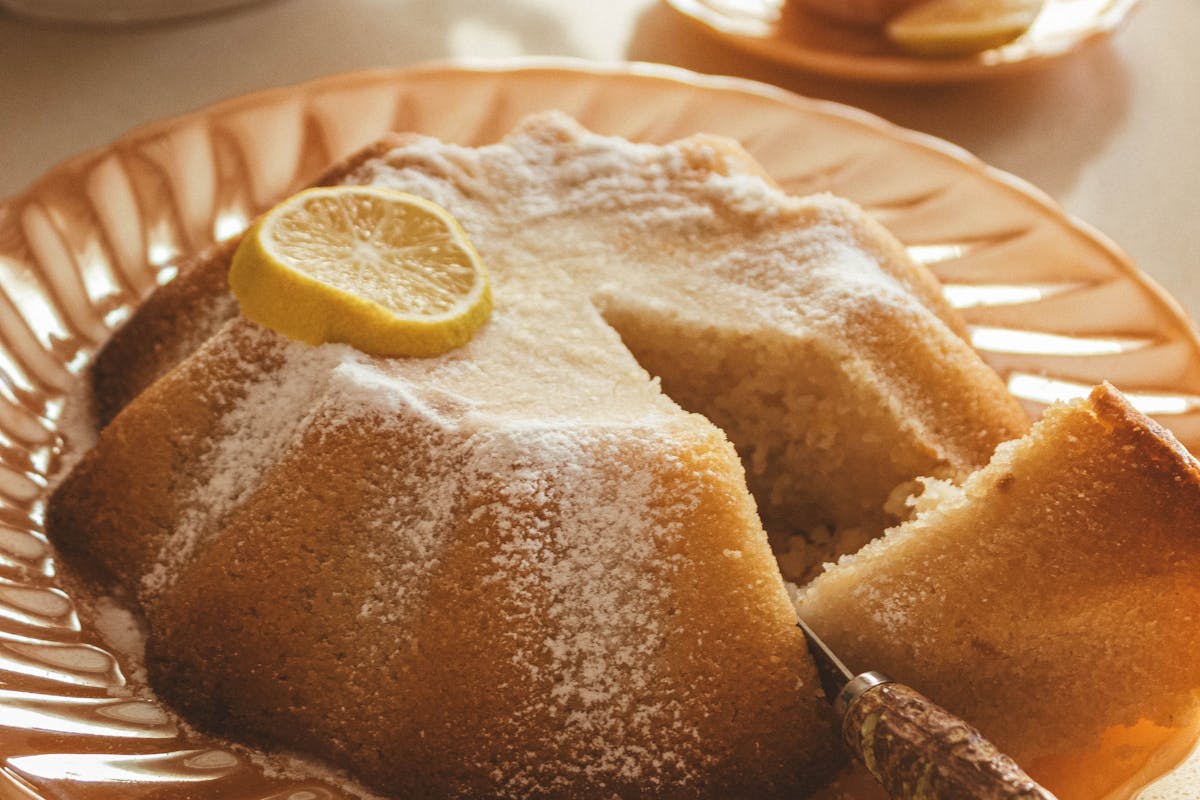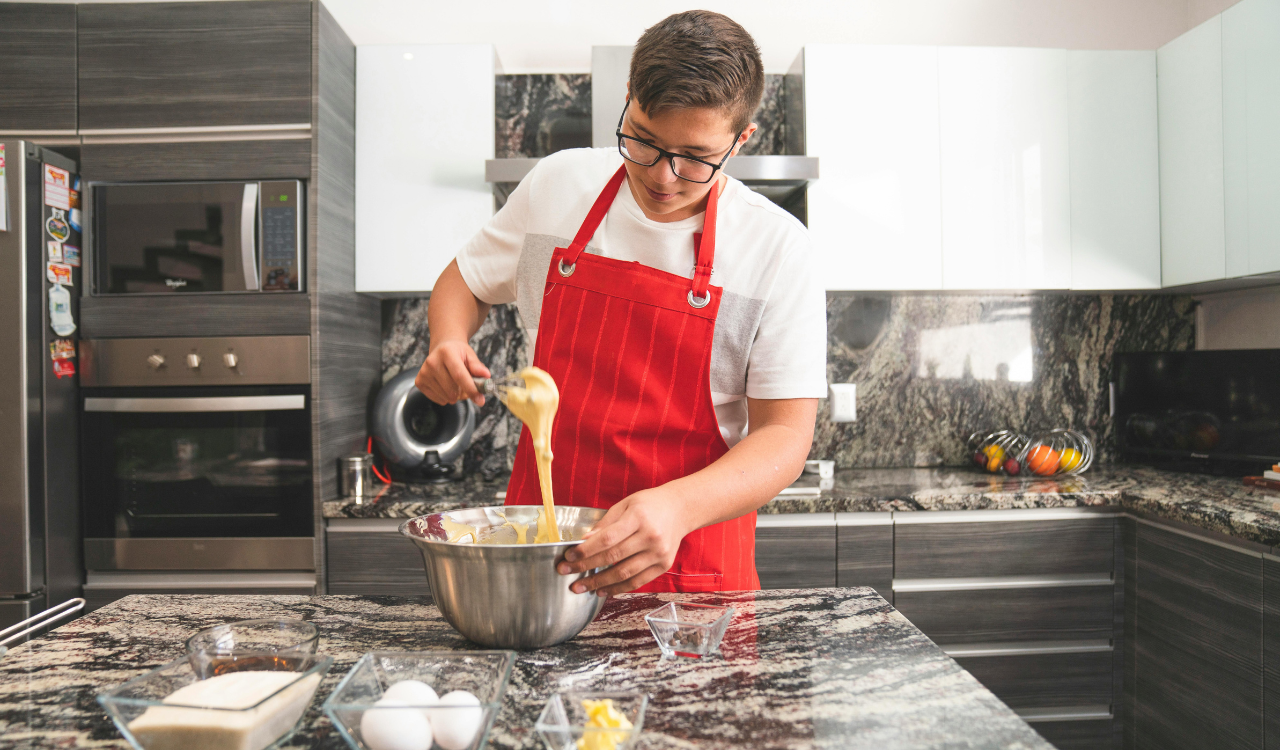11 Fried Rice Tricks That Use What’s Already in The Fridge
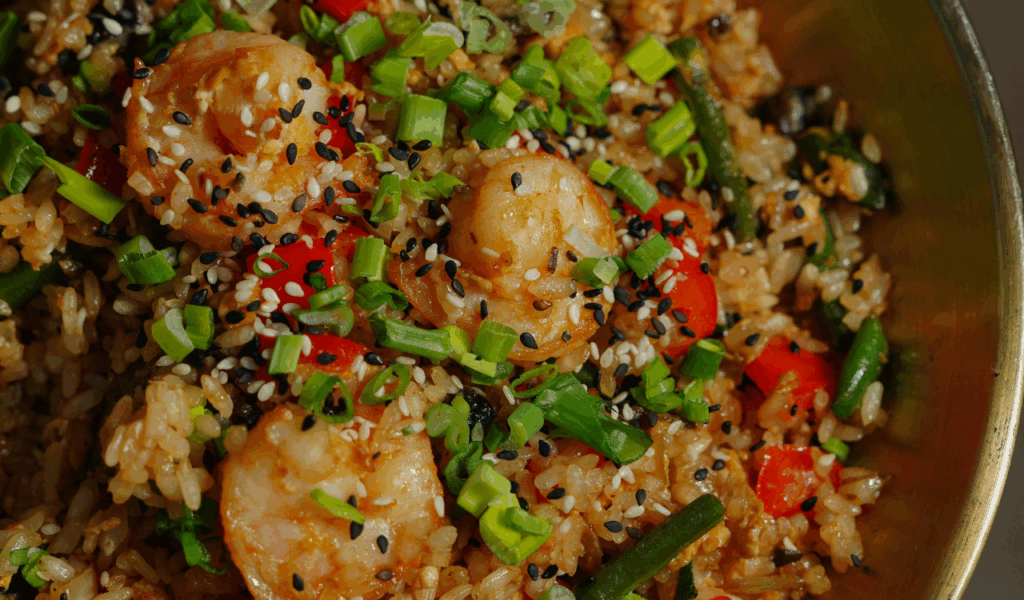
One of the kitchen’s unsung heroes is leftover rice. and the ideal way to transform it into something new, colorful, and completely fulfilling is with fried rice. We’ll look at 11 creative fried rice recipes that let you use ingredients you already have in your refrigerator, such as leftover protein, vegetables, sauces, herbs, and more, rather than letting last night’s grains go bad. These strategies are designed to produce a quick, adaptable dish that you’ll want to make again while maximizing flavor and minimizing waste. Let’s get started.
1. Use cold, day‑old rice (and fluff it)
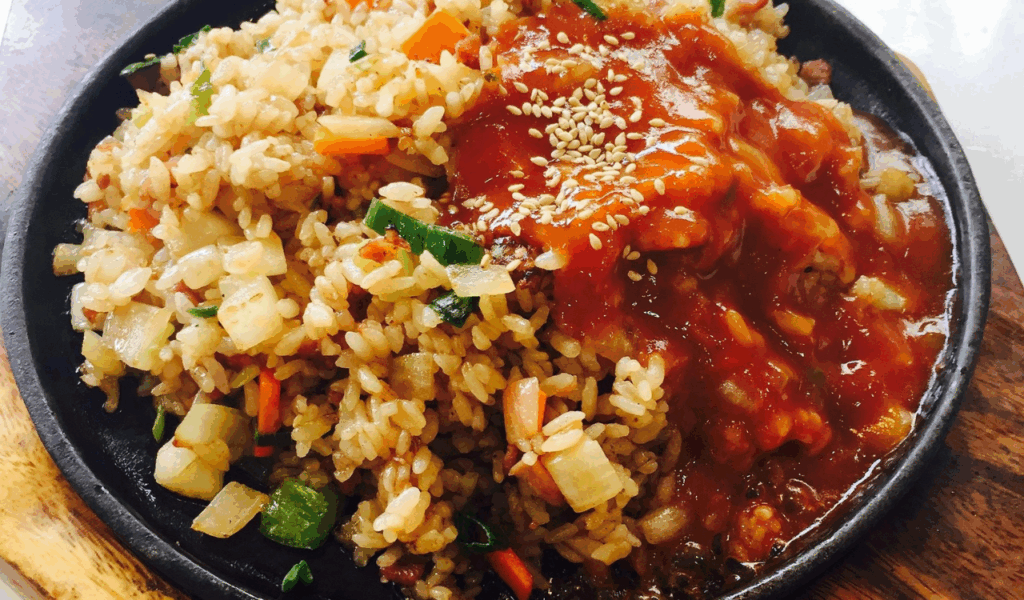
The key to making good fried rice is to use cold, day-old rice because freshly cooked rice tends to have more moisture and clumps or gets mushy when stir-fried. Overnight-firmed rice in the refrigerator separates more readily, allowing the heat to reach every grain. To break up any clumps, gently fluff it with your hands or a fork before cooking. If it’s really tough, add a teaspoon or two of water, toss, and microwave for a short while to soften it. This guarantees that every grain fries instead of steaming.
2. Start with aromatics and fat balance
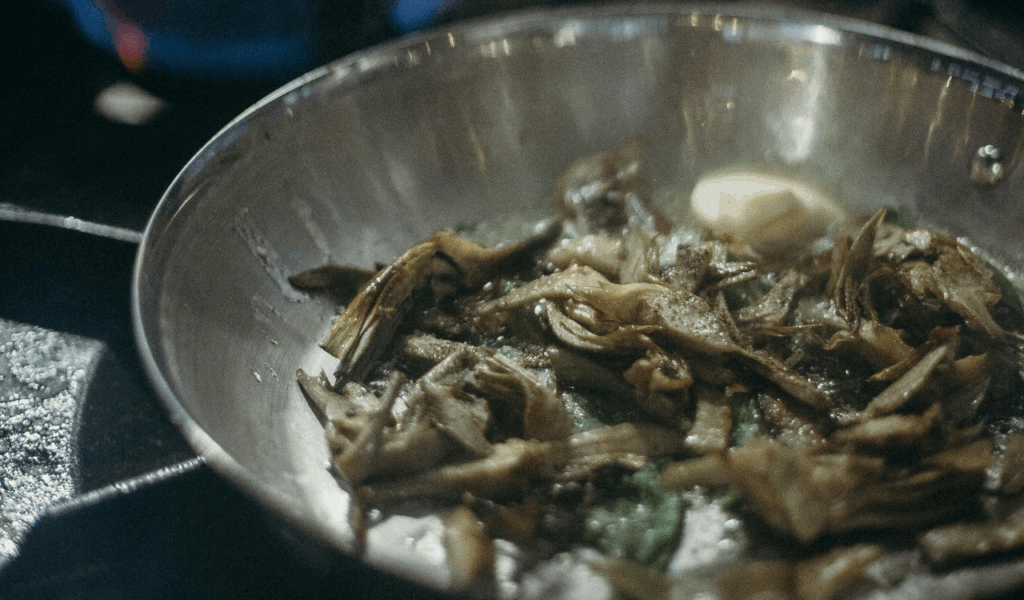
Sautéing aromatics is the first step in making a great fried rice. Add shallot, garlic, onion, scallion, ginger, or a little butter or sesame oil to a neutral oil. The foundational flavor is built in that step. To coat the pan and ingredients without drowning them, use just enough fat. They serve as a flavor base as those aromatics soften and perfume the oil, allowing the aroma to permeate everything else added to the pan. You won’t over-oil or under-flavor thanks to the fat balance.
3. Scramble egg in a corner method
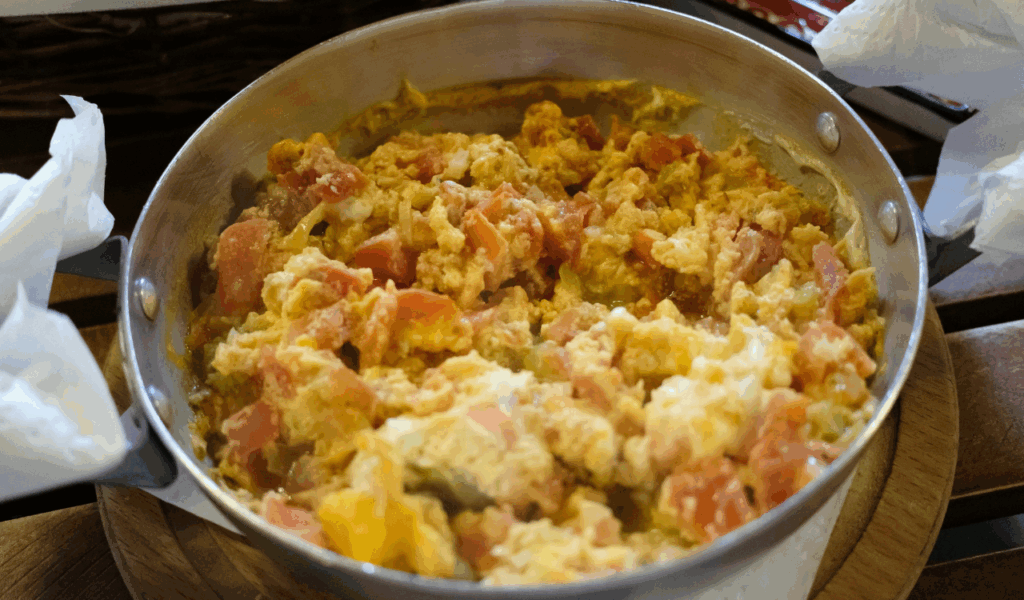
Before adding the rice, scramble one or two eggs in your wok or skillet if you have any in the refrigerator. Pour the beaten egg into the empty space after pushing your aromatics and bits to one side of the pan and adding a little more oil. Scramble after letting it set a little. After it’s cooked, combine it with the aromatics and fold in the rice. This prevents the egg ribbons from drying out or overcooking. This technique skillfully combines texture and protein.
4. Add cold bits of cooked protein
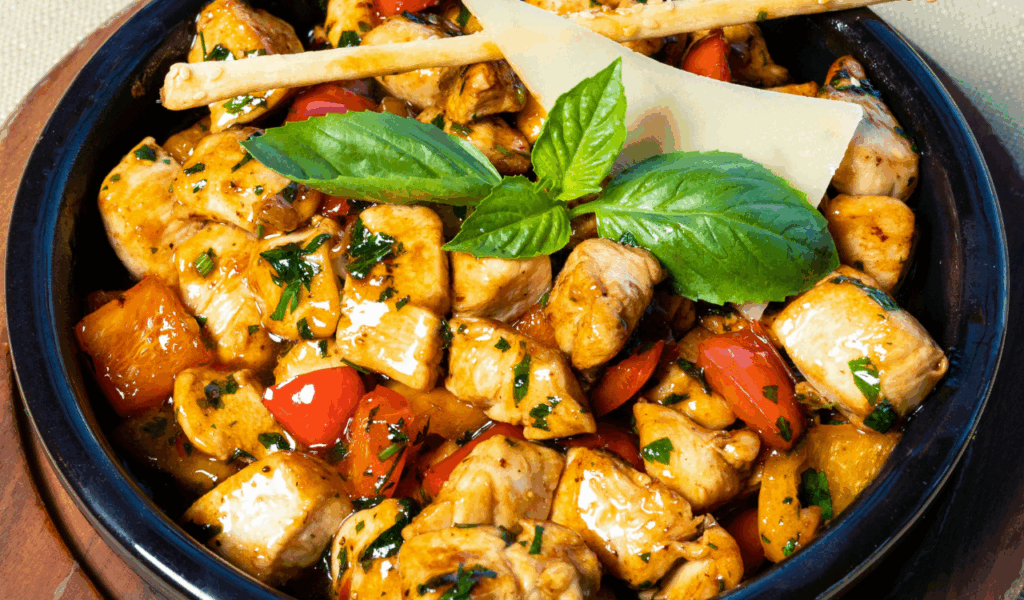
Add cold pieces of cooked chicken, pork, shrimp, tofu, or leftover steak instead of fresh meat. To ensure they warm up quickly, cut them small. They will reheat quickly without overcooking because the pan is already hot. The protein enhances the dish’s savory depth and satisfaction. If your pieces are frozen, thaw them in the refrigerator or in the microwave for a short while. Instead of letting leftovers go to waste, this tip turns them into new meals.
5. Toss in chopped or shredded veggies
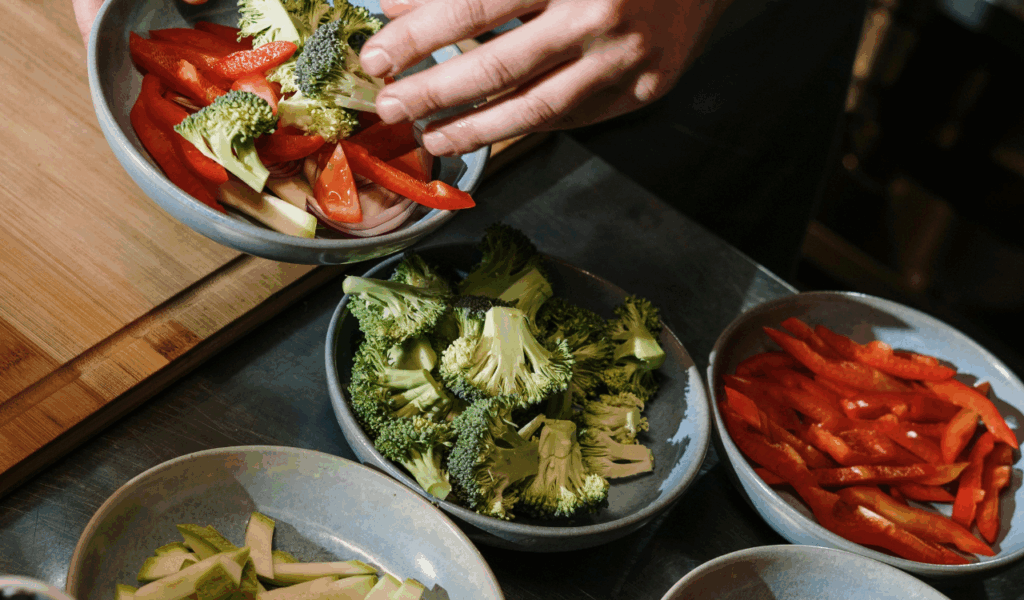
Use whatever vegetables you have on hand, such as bell peppers, cabbage, broccoli stems, zucchini, frozen peas, and carrots. To ensure they cook quickly, chop or shred them small. Add the tougher veggies (carrots, broccoli stems) first, followed by the softer ones (peas, zucchini). The vegetables improve nutrition, fiber, color, and texture. They keep the pan hot and prevent overcrowding by releasing water, which allows them to fry instead of steam.
6. Use a splash of sauces you likely have
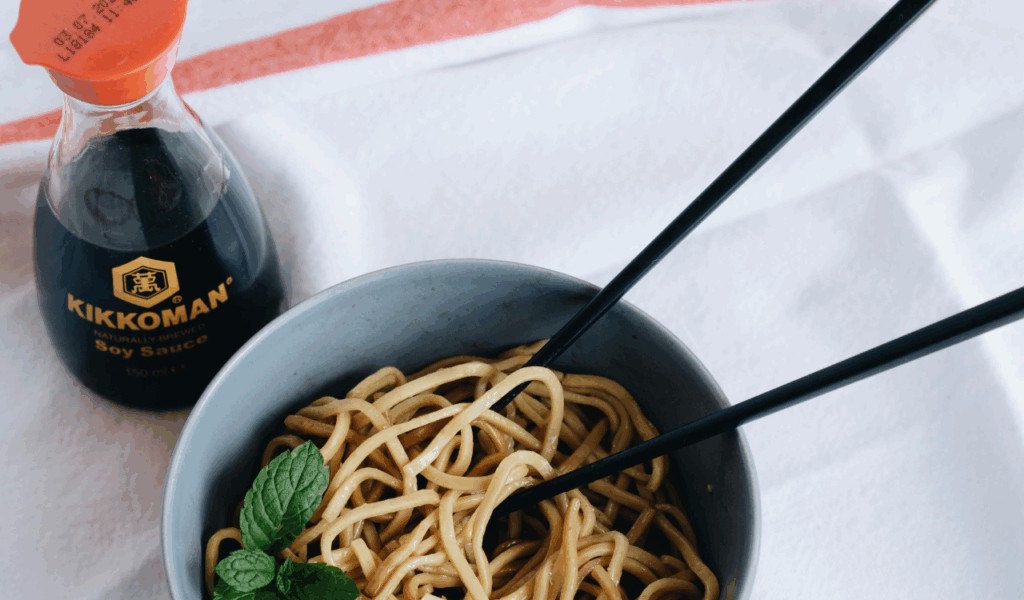
Your fried rice can be improved by adding sauces like Worcestershire, fish sauce, oyster sauce, tamari, or soy sauce. Taste before adding more, starting with a small dash of one or two. Take care when adding salt, particularly if your proteins or rice were already seasoned. Use a tablespoon or so of any leftover marinades, teriyaki, hoisin, or stir-fry sauce to bind the flavors. Instead of dumping everything at once, the trick is layering.
7. Incorporate fresh herbs or greens at end
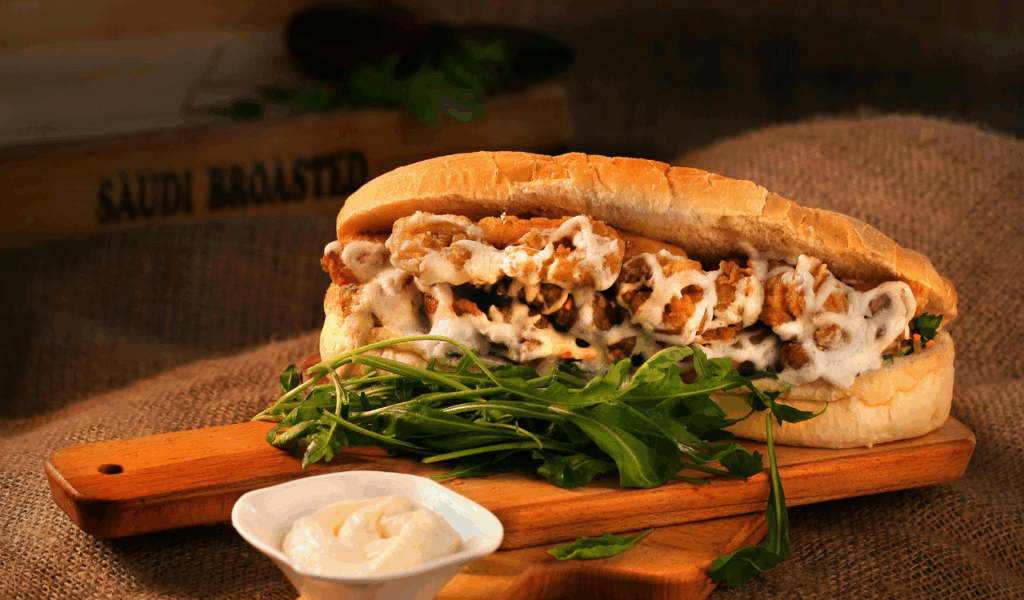
If there are fresh baby greens, spinach, basil, cilantro, or scallions in your refrigerator, fold them in at the very end off the heat or with very little heating. Adding late preserves the texture and brightness of greens, which wilt easily. While spinach or bok choy provide immediate nutrients, herbs like mint or basil add scent. This technique gives a dish that might otherwise appear boring in brown tones some color and freshness.
8. Add acid or heat to finish

Squeeze some citrus (lemon or lime) or add a tiny bit of vinegar (rice vinegar or mild white) to lighten a fried rice that might otherwise feel heavy. As an alternative, add some sliced chiles, chili oil, or hot sauce. The final acid or heat enhances flavor complexity and cuts through richness. A finishing brightness or spark of heat is a potent trick to make fried rice feel lively and balanced because it frequently leans savory and starchy.
9. Toast nuts or seeds for texture
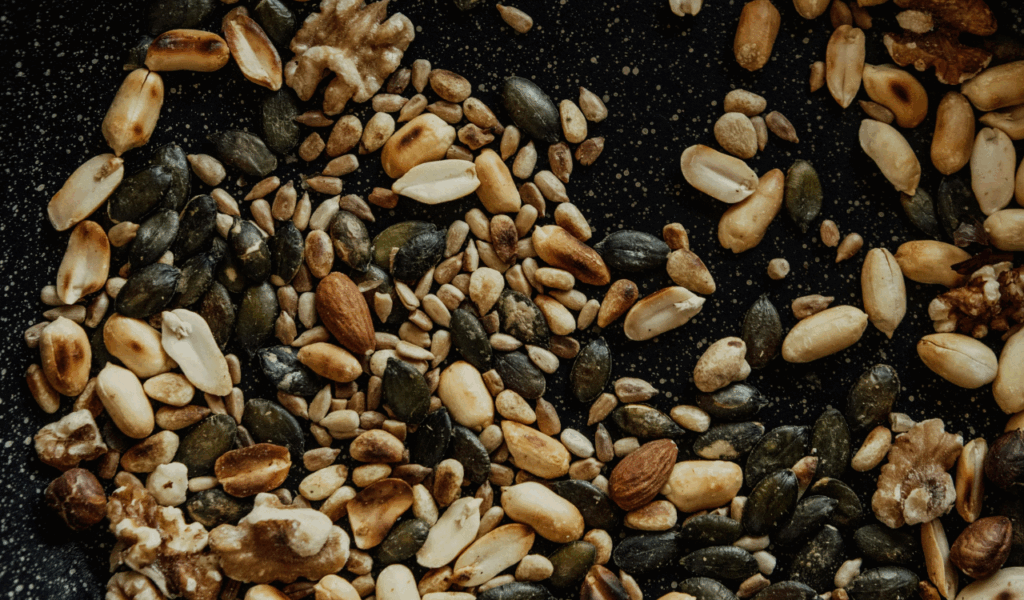
If there are nuts (such as chopped peanuts, almonds, or cashews) or seeds (such as sesame seeds or pumpkin seeds) in your pantry or refrigerator, lightly toast them in the pan (either separately or alongside the rice). They improve mouthfeel by adding crunch and a nutty note. Nuts burn quickly, so proceed with caution. Do this in a different small pan or late. Fold them into your rice once they are fragrant and lightly browned, adding a little crisp contrast to each bite.
10. Drizzle a bit of finishing oil or fat
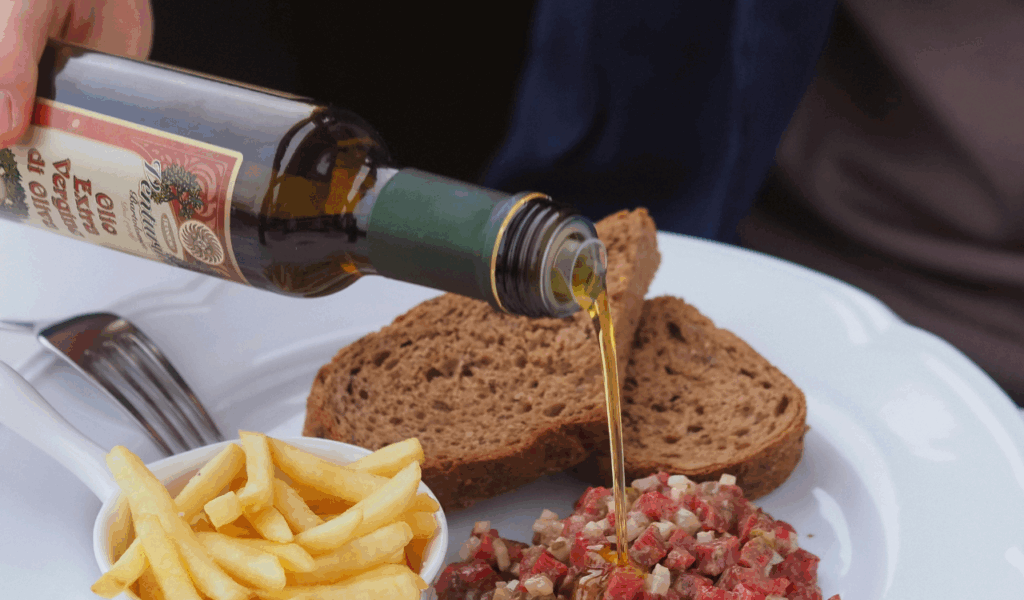
Fried rice can feel decadent with a final flourish of flavorful oil. Make use of garlic-infused oil, toasted sesame oil, chili oil, or even a small knob of butter. After plating or right before gently folding in, drizzle over the top. That small amount of fat adds a subtle sheen and balances flavors. When used sparingly, it adds a finishing gloss and aroma that transforms the dish from “leftover rice” to something you’d order at a restaurant without overpowering it.
11. Use leftover sauces or bits to customize
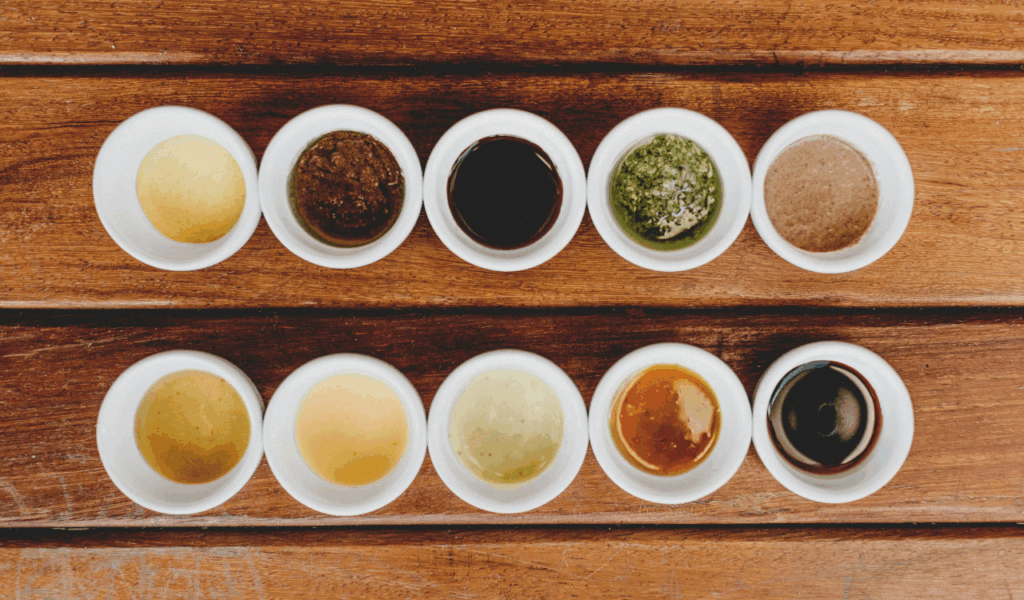
Adding leftover condiments or bits is possibly the most flexible and challenging step. such as bits of curry paste, leftover stir-fry sauce, pickled vegetables, tiny pieces of kimchi, or even mismatched pieces of cooked grains (quinoa, barley) or pulses. They cut down on waste and add unexpected accents. Just remember to balance the flavors (sour, salty, and sweet). This keeps the fried rice cohesive while promoting creativity and assisting you in getting rid of refrigerator scraps.
